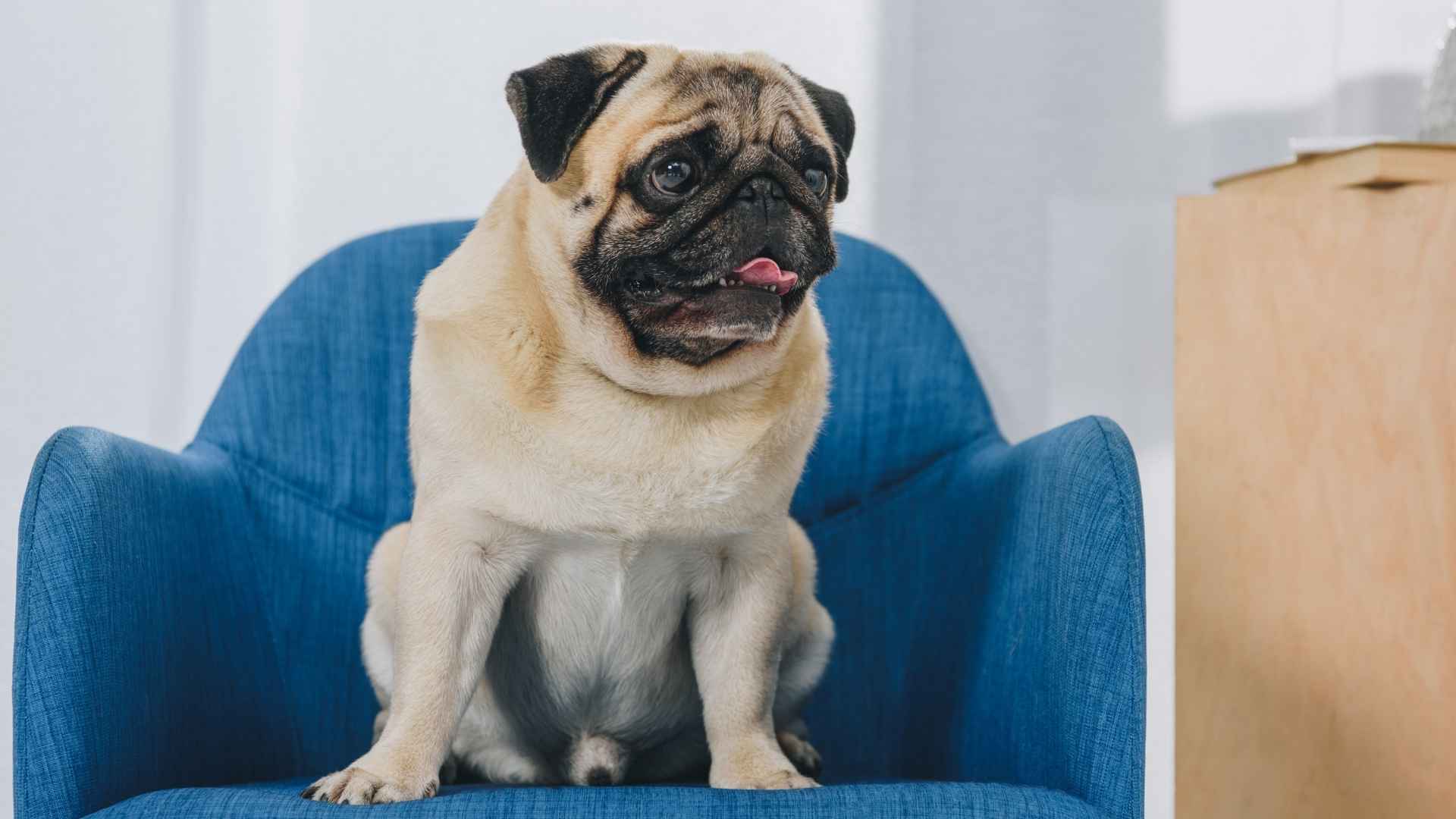When you imagine a toy dog breed, you might picture a tiny fluff ball nestled in your lap, ready to follow you from room to room. But life isn’t always so accommodating. Meetings, errands, and everyday responsibilities mean we can’t be home all day with our beloved pets—no matter how much we’d like to be.
The good news? Some pint-sized pups are surprisingly independent, happy to nap in the sun or entertain themselves while you’re out conquering the world. Choosing the right breed can make all the difference—not just for your schedule, but for your dog’s happiness, too.
In this article, we’ll introduce you to eight toy breeds that handle alone time like seasoned pros.
Whether you’re a busy professional, a student, or just someone who likes the freedom to come and go, these little canines prove that independence comes in the smallest packages. Ready to meet your perfect low-fuss companion? Let’s dive in!
Toy Dog Breeds That Can Stay Home Alone
1. Chihuahua
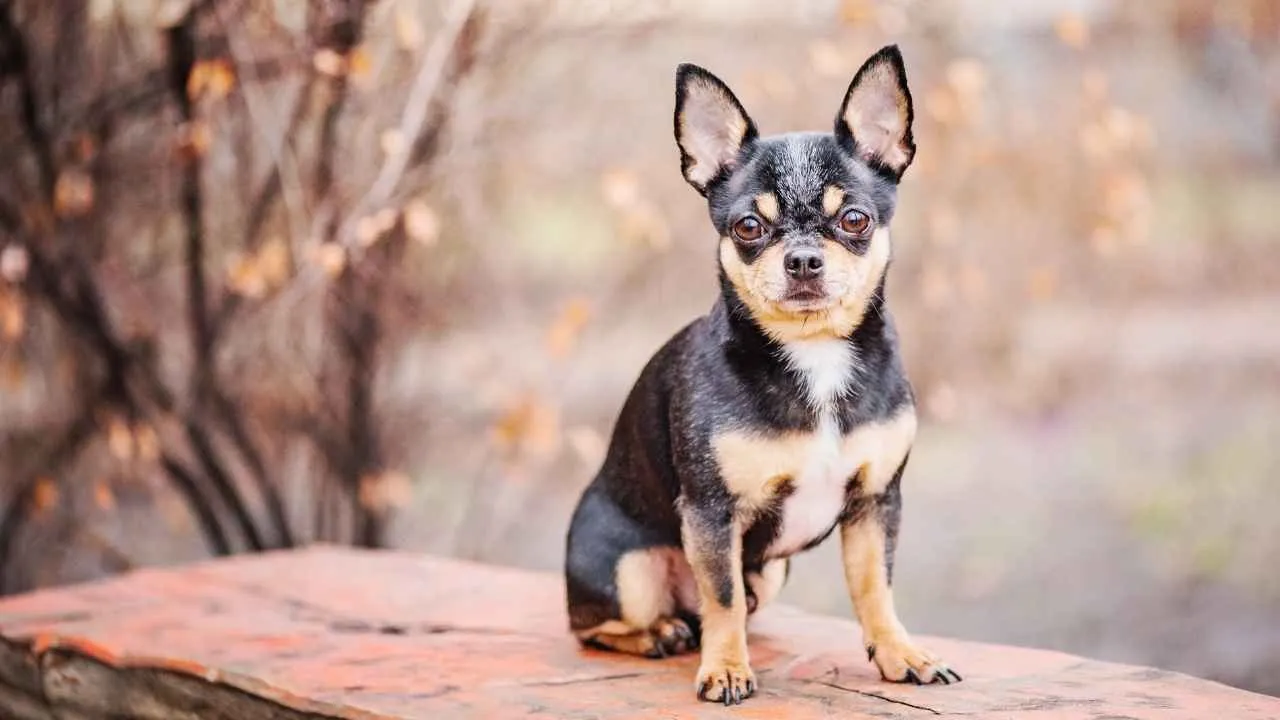
Breed Profile
Size: 5–8 inches
Weight: Up to 6 pounds
Temperament: Alert, loyal, spirited
Compact yet fiercely loyal, the Chihuahua often becomes completely devoted to its favorite person, making it a true companion dog. While it might act tough around strangers or other animals, its bark is often bigger than its bite—Chihuahuas are typically all heart under that brave exterior.
One benefit for busy owners: this breed is excellent at entertaining itself with soft toys or basking in sunny spots. Chihuahuas require less exercise than larger breeds, and a few quick play sessions daily will keep them content.
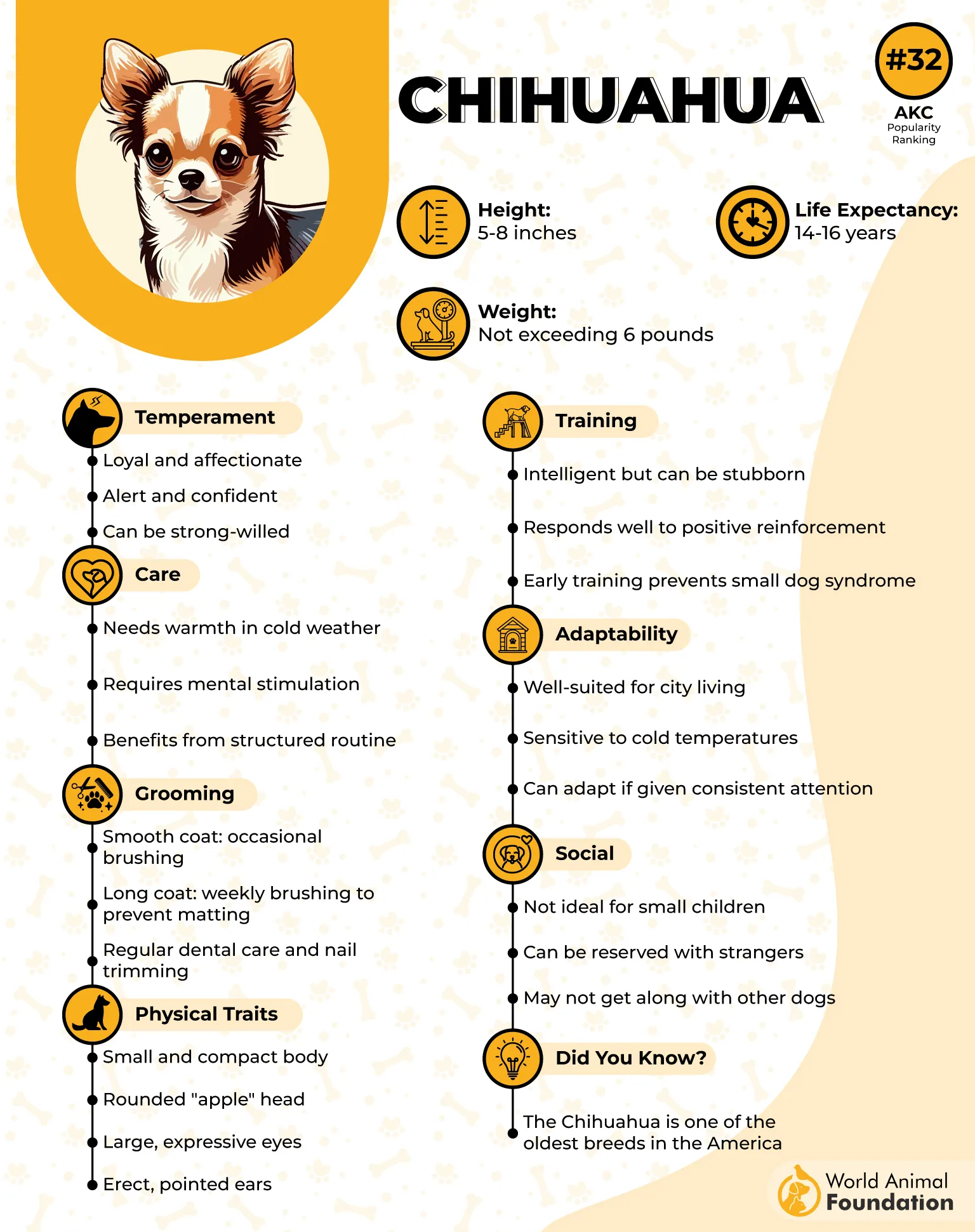
These dogs have a surprising history, dating back to ancient Mexico, and are considered one of the oldest dog breeds in the Americas. Modern Chihuahuas come in both smooth and long-coated varieties, making grooming simple or a little more fun, depending on your choice.
According to PetMD, due to their small size, Chihuahuas are perfect for apartment dwellers and adapt easily to indoor life. Still, they’re prone to feeling chilly, so offering warm bedding is a must, especially when left home alone.
Dental issues are a concern due to their tiny mouths—regular teeth cleaning will help avoid costly vet bills and keep their breath fresh.
Quick Tips
Place their bed in a draft-free corner to keep them cozy.
Rotate toys regularly to avoid boredom.
2. French Bulldog
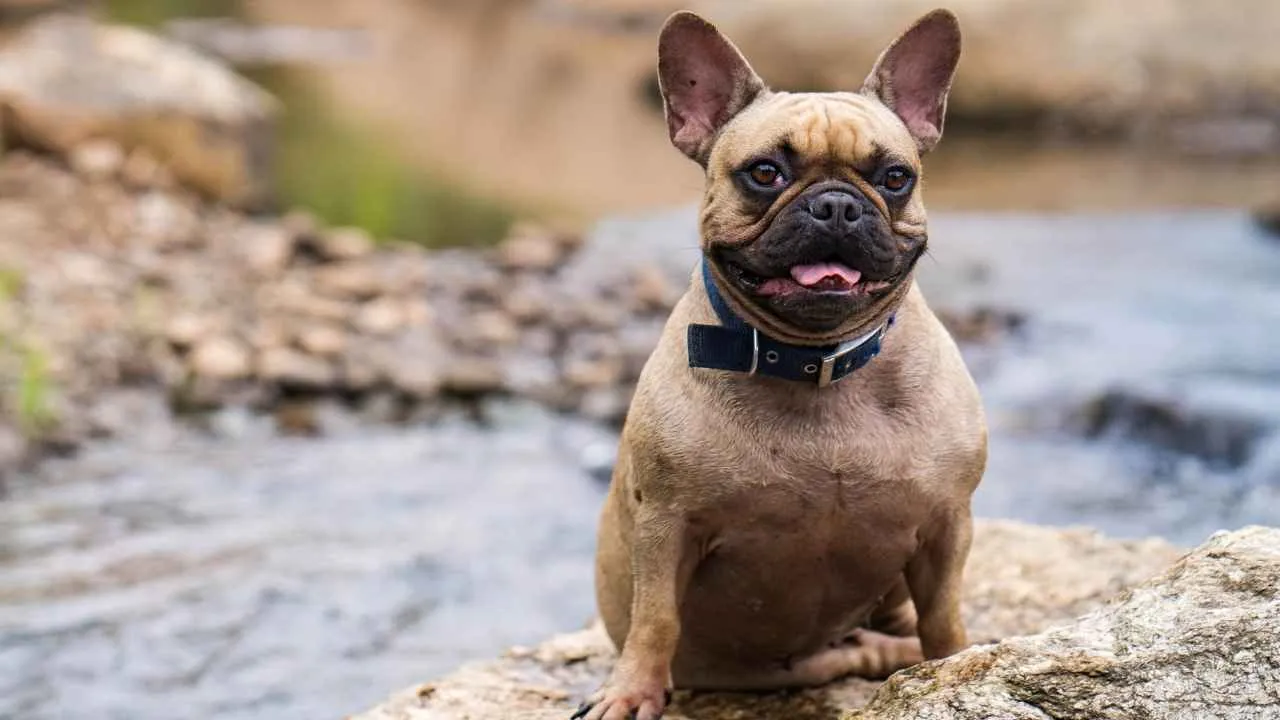
Breed Profile
Size: 11–13 inches
Weight: Up to 28 pounds
Temperament: Easygoing, playful, adaptable
French Bulldogs are the comedians of the canine world—always ready to make you laugh with their silly faces and unexpected antics. Despite their entertaining nature, they are famously calm when their humans are out, often snoozing until you return.

Frenchies don’t need much space or intense exercise; a short daily stroll and some indoor play keep them healthy. Their short, fine coat requires only minimal grooming, perfect for those who prefer low-maintenance pets.

Their iconic bat ears and large, soulful eyes give them an expressive look that instantly melts hearts. However, their brachycephalic snouts can make breathing difficult, so it’s crucial to keep them cool and avoid strenuous activities during hot weather.
French Bulldogs tend to bond closely with family and are generally good with kids and other pets, making them ideal urban companions. They can be a bit stubborn, but their sweet disposition usually wins out.
Because they crave attention, leaving them with an engaging toy or a safe chew is a good way to reduce any anxiety when they’re on their own.
Quick Tips
Gently clean their face folds every day.
Set up a fan or cool mat during warmer months.
3. Basenji
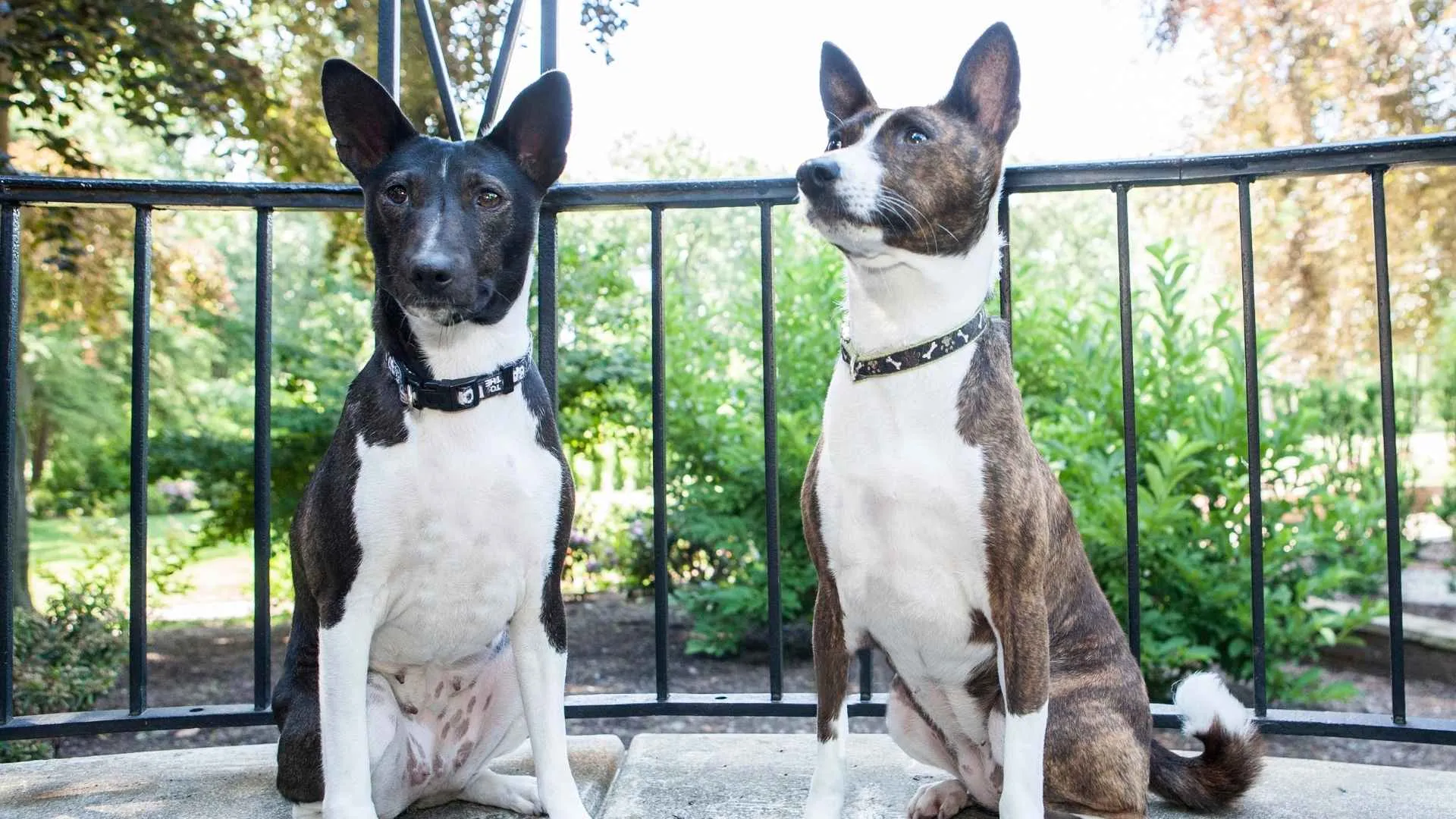
Breed Profile
Size: 16–17 inches
Weight: 22–24 pounds
Temperament: Intelligent, independent, quiet
Unlike most dogs, the Basenji doesn’t bark—instead, it makes a unique “yodel” sound, which is both amusing and a conversation starter among dog lovers. This ancient breed was originally bred for hunting in Central Africa, and its curiosity and independence still shine through today.
The Basenji’s short, fine coat is virtually odorless and requires only occasional brushing, making it one of the cleanest dogs you’ll ever meet. They love to keep themselves—and their surroundings—tidy.
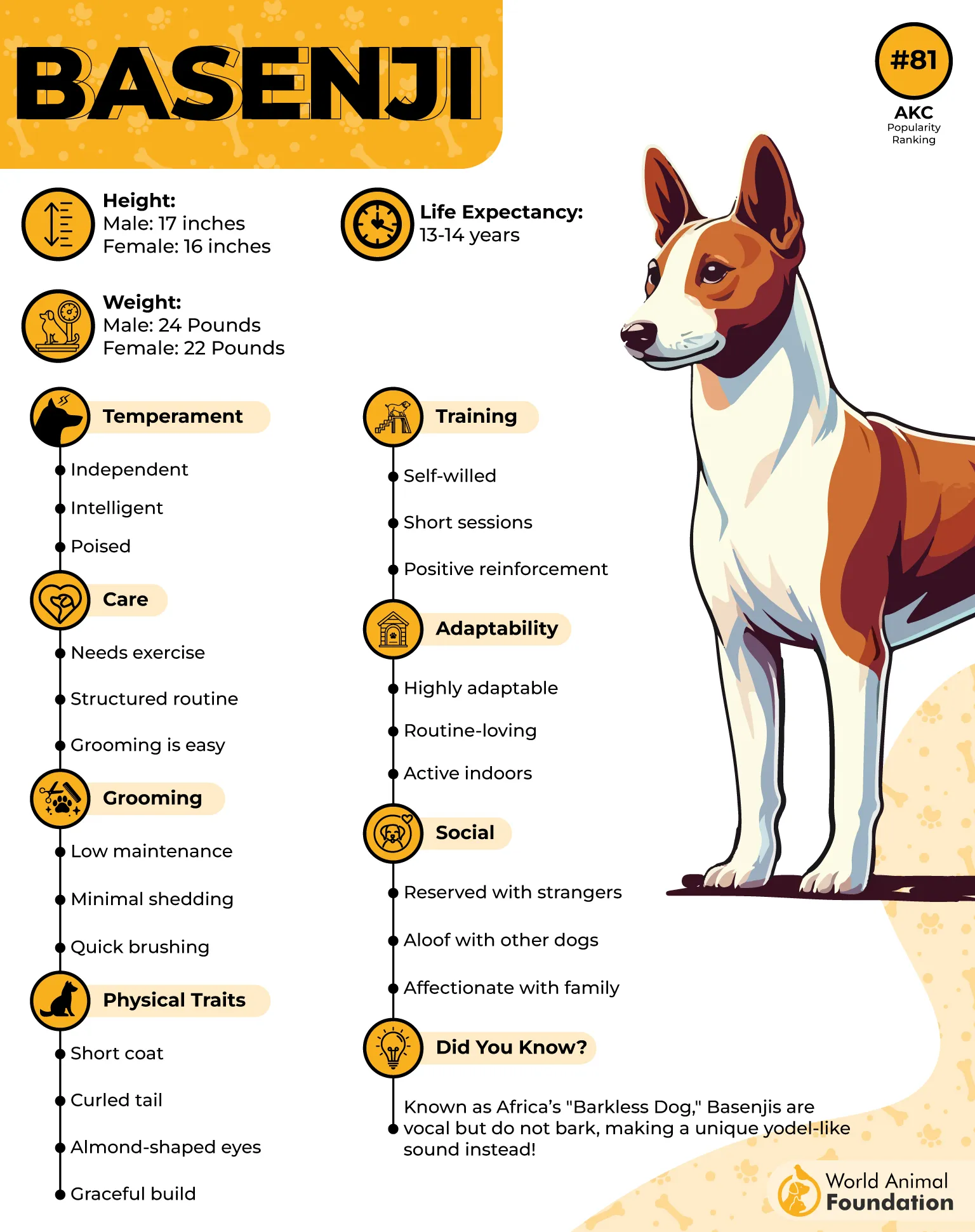
They’re high-energy and love a good sprint, so a secure yard or regular trips to the dog park are a must. Without enough activity or mental challenges, a Basenji will invent its own entertainment, which might include raiding cabinets or scaling fences.
Basenjis handle alone time better than most breeds, but they need enrichment—interactive puzzles, toys, or even access to a window can keep their sharp minds busy when you’re not around. Their self-reliant streak makes them great for owners with variable schedules.
On the health front, watch for hereditary issues like Fanconi syndrome and eye problems, and make sure any breeder you consult does proper health screenings.
Quick Tips
Leave puzzle feeders out to challenge their minds.
Double-check fencing—they’re agile escape artists.
4. Pug
Breed Profile
Size: 10–13 inches
Weight: 14–18 pounds
Temperament: Affectionate, sociable, mischievous
With their wrinkled faces and sparkling eyes, Pugs have charmed pet lovers for centuries—originally bred as companions for Chinese emperors. They thrive in homes where affection is plentiful, though they’re also content to snooze away alone time on a plush dog bed.
Pugs are notorious for their sense of humor, often clowning around with other pets or family members. If you work long hours, their adaptable nature and love of naps make them a solid choice for city dwellers or busy households.
Though playful, Pugs are not high-energy dogs. Short daily walks and some time with their favorite plush toys will keep them fit and happy, without requiring a yard or extensive exercise routine.
The downside to their flat faces is a sensitivity to heat, so always provide cool, comfortable spaces if you’ll be away for several hours. Clean their facial folds regularly to prevent irritation or infection.
Social, gentle, and rarely aggressive, Pugs are great with kids and other animals, though they’ll always crave a good cuddle when you get home.
Quick Tips
Wipe skin folds every day to keep them clean.
Avoid long walks on hot days to prevent overheating.
5. Lhasa Apso
Breed Profile
Size: 10–11 inches
Weight: 12–18 pounds
Temperament: Confident, independent, spirited
The Lhasa Apso was bred centuries ago as a sentinel in Tibetan monasteries, which explains its natural wariness of strangers and calm confidence when left alone. Their strong sense of independence means they won’t fret if you’re out for a few hours—they’re content to relax in their favorite spot, keeping a quiet eye on the household.
Although small, Lhasa Apsos are robust and surprisingly agile. They’re not clingy; instead, they enjoy a little “me time” and can happily occupy themselves with chew toys or window watching. Their spirited nature shines during interactive play, but they’re not overly energetic.
A standout feature is their luxurious, floor-length coat. While it looks high-maintenance, many owners opt for a shorter “puppy cut” to make grooming easier. Either way, regular brushing is essential to keep their hair free of tangles and matting.
These dogs are known for their keen intelligence and can be stubborn during training, but patience and positive reinforcement go a long way. Early socialization helps balance their cautious streak, ensuring a well-rounded companion.
Quick Tips
Brush their coat several times a week to prevent tangles.
Provide a perch or window seat to satisfy their watchful instincts.
6. Miniature Schnauzer
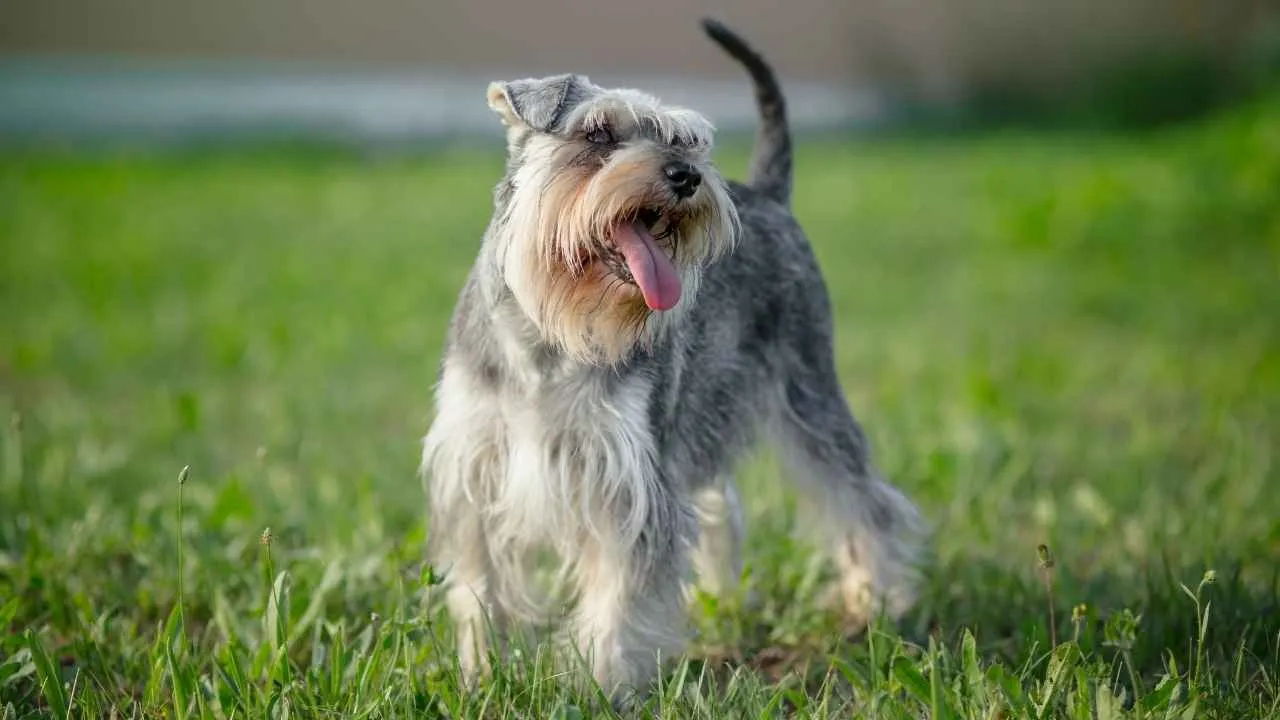
Breed Profile
Size: 12–14 inches
Weight: 11–20 pounds
Temperament: Outgoing, alert, clever
Miniature Schnauzers are true extroverts, always ready to greet the world with their trademark bushy eyebrows and lively expression. Despite their friendly nature, they adjust well to being alone for moderate stretches, provided they have mental stimulation.
With origins as rat-catchers and farm dogs in Germany, Schnauzers are clever problem-solvers. This intelligence makes them fast learners, but it also means they need activities—puzzle toys or a safe space to explore can help keep boredom at bay.
Their wiry double coat is low-shedding, but regular grooming, including trimming every few months, keeps them looking their best. Daily brushing helps control mats and debris.
Vocal and attentive, they make excellent watchdogs. However, early training will prevent excessive barking while you’re away. Schnauzers thrive in both apartments and larger homes, adapting quickly to family life.
Healthwise, they’re generally hardy, but watch for issues like pancreatitis and eye disorders. Regular checkups and a well-balanced diet are key.
Quick Tips
Rotate interactive toys to challenge their mind.
Schedule professional grooming every 6–8 weeks.
7. Pekingese
Breed Profile
Size: 6–9 inches
Weight: Up to 14 pounds
Temperament: Loyal, dignified, independent
Bred as cherished companions to Chinese royalty, the Pekingese carries itself with a regal confidence. This dignified presence often translates into calm independence, making them comfortable with periods of time spent alone in a quiet, familiar dog home.
Their lush, double coat gives them a distinctive “lion-like” appearance and requires regular grooming to keep it looking its best. Many owners choose professional grooming to maintain the coat’s shape and prevent tangles, especially around the mane and tail.
Pekes are small but sturdy, with a muscular frame well-suited for gentle walks and light indoor play. They don’t need as much exercise as high-energy breeds, but they do enjoy short play sessions and relaxed strolls.
Known for their loyalty, these dogs often form strong bonds with one or two people, showing deep affection without being overly demanding. When left to their own devices, they’re usually content to nap or quietly observe their surroundings.
Because of their flat faces, they can be sensitive to heat, so keeping them in a cool space with enough water is important—especially during extended periods alone.
Quick Tips
Brush their coat several times a week to prevent matting.
Avoid strenuous activity in hot or humid weather.
8. Brussels Griffon
Breed Profile
Size: 7–10 inches
Weight: 8–10 pounds
Temperament: Alert, curious, affectionate
Brussels Griffons are best described as little dogs with big character, sporting an almost human-like face and a mischievous sense of humor, as noted by the AKC. While deeply attached to their humans, they’re surprisingly resourceful when left alone for short periods.
One standout feature: their strong, watchful instinct. Originally bred as ratters in Belgian stables, they remain vigilant and curious, often patrolling the home or perched in a sunny spot to observe the world.
There are two coat varieties—rough and smooth. The rough coat requires more brushing to prevent mats, while the smooth coat is easier to maintain. Regardless, both shed minimally.
Brussels Griffons are quick-witted and respond well to gentle, positive training. Their small size makes them excellent for apartment dwellers, and they typically do well with other pets when socialized early.
Because of their sensitivity, they can be prone to stress if left alone for too long. Leaving soft blankets and interactive toys will help ease their minds.
Quick Tips
Leave a soft toy or blanket with your scent for comfort.
Use gentle, positive reinforcement during training sessions.
Conclusion
Not all small dog breeds need constant human company to be happy. Many are perfectly content with staying home for reasonable periods on their own. What sets the best dogs apart is a particular temperament that allows them to relax solo without falling into destructive behaviors like incessant barking or destructive chewing.
For those who work away from home, live in an apartment building, or need to run errands, a dog with low separation anxiety can be the perfect fit. Offering plenty of enrichment, regular exercise, and short play sessions before leaving helps a dog feel calm and secure. If you anticipate long stretches away, arranging for a dog walker, a trusted friend, or a foster family can make all the difference.
Every independent dog still benefits from human attention and interaction with other dogs. Even the most affectionate pups are capable of enjoying solo time—as long as they aren’t left alone for extended periods. For extra peace of mind, features like a doggie door or rotating toys can prevent boredom and foster a happy, confident companion.
In the end, finding the best dog for your lifestyle is about understanding what helps your pup thrive when you have to leave home. With patience, creativity, and attention to their comfort, your home can be a place where both you and your pet look forward to many happy, independent days together.


